Why are architecture festivals a success story in Spain?
Architecture festivals highlight it and invite professionals, designers and the general public to reflect on public and private environments.
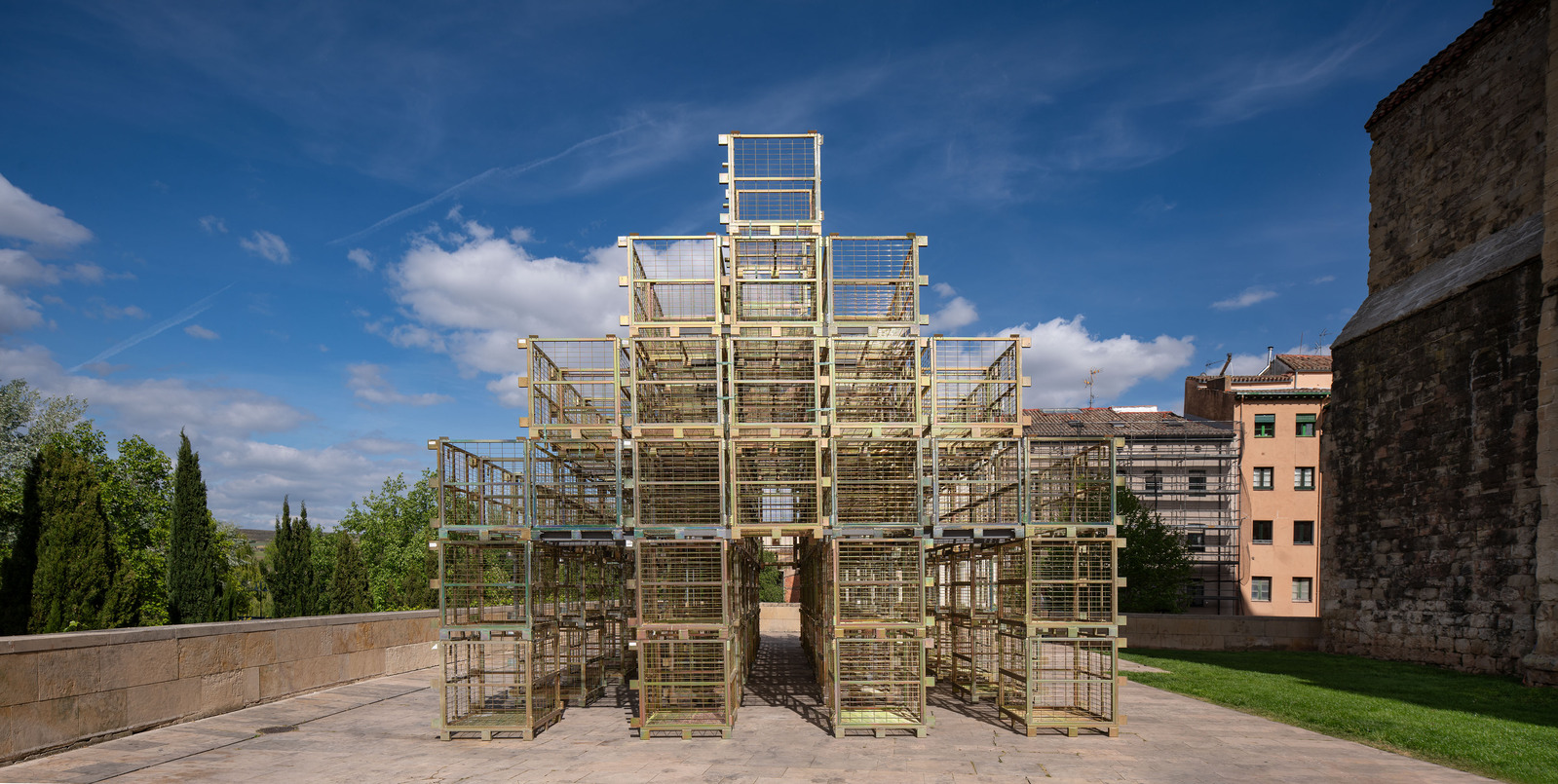
These single-themed events, often accompanied by design, are a consolidated phenomenon, unique in Europe, which is experiencing its best moment. Here are some reflections on some of the most successful events.
The definition of the word festival as a “set of performances dedicated to an artist or an art”, according to the RAE, has been consolidated in the discipline of architecture with events such as Architecture Week, organized by the COAM, which is now in its 20th year; the Concéntrico festival, held in Logroño for the past 10 years; and Open House Madrid, another festival that has been opening the doors of buildings and studios normally closed to the public for the past 10 years.
The eagerness to know the most outstanding architectural proposals to the most unknown or avant-garde is so wide that these festivals are increasingly receiving better impact among the general public to which the three are intended. The impact of these meetings with architecture as the axis, often with design as a companion, has been growing for decades. The architect develops more and more facets and this reaches the society that seeks answers to a discipline committed to our welfare and the environment in which human life develops.
For the director of Open House Madrid, Paloma Gómez Marín, “Festivals offer great visibility to cities and their architecture and of course they highlight the best projects, the most interesting buildings and make known the new plans for the city”. As Javier Peña Ibáñez, curator and director of Concéntrico, International Festival of Architecture and Design, comments for The Sibarist, beyond highlighting architecture, “it is shown as something accessible and useful for people’s lives. That is the most important thing, that through the knowledge that is generated, more public can create a critical spirit with the environment around them. If, as a society, we move forward in this direction, we are sure to find good results.
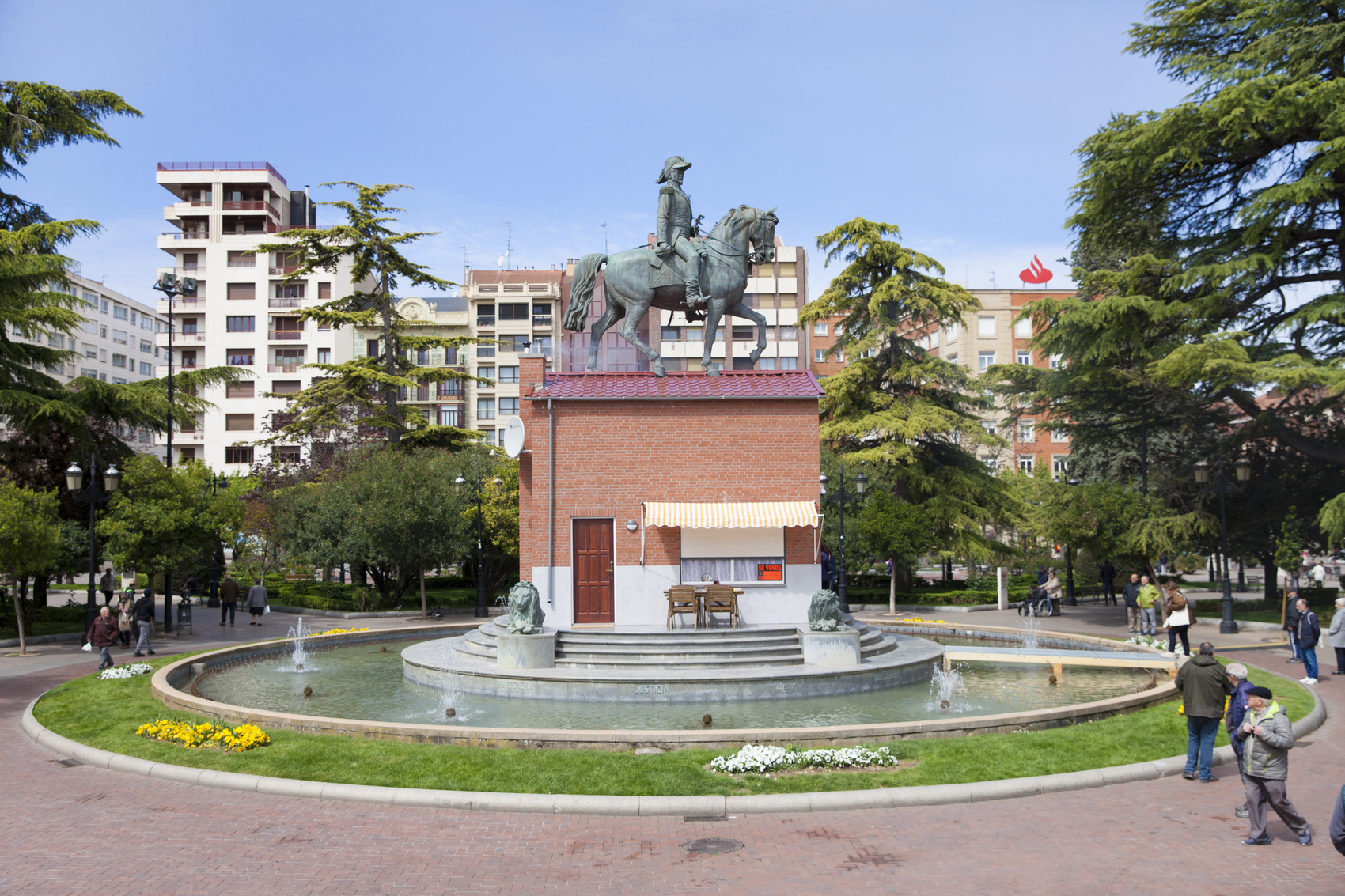
Miguel Lasso de la Vega, manager of the COAM Architecture Foundation, a non-profit cultural organization created in 1990 that organizes Architecture Week, among other activities, says that, for example, this event, which is eagerly awaited every year by the public, “in addition to highlighting this practice, shows not only historic buildings but also gives importance to the architecture that is being done today through exhibitions. That is why we have programmed for the next edition an exhibition on Renzo Piano in addition to proposals around Antonio Palacios on the occasion of the celebration of the 150th anniversary of his birth, which will possibly be held in El Retiro,” he says.
The success of the different architecture-related events is growing and can be seen in the fact that the proposals are sold out as soon as they are launched. “There is great interest and demand and, the same day we launched the tickets, in the first minute 40,000 applications have already been registered,” according to Lasso de la Vega.
As for the differentiating element of each event, it brings some attraction. The director of Concéntrico believes it is a different festival, “a unique case because of the connection and maturity it has acquired over the last 10 years. We have worked with the city in a back and forth dialogue in which we have been able to make the proposals and their approaches more complex because we have all learned from what has been built together”.
For Gómez Marín, “Open House is a non-profit festival designed to bring architecture to its visitors in a didactic and clear way, with volunteer guides who are architects, students and people who somehow, for hobby or special interest, show the buildings in a plain and interesting way that makes the number of visits increase every year”.
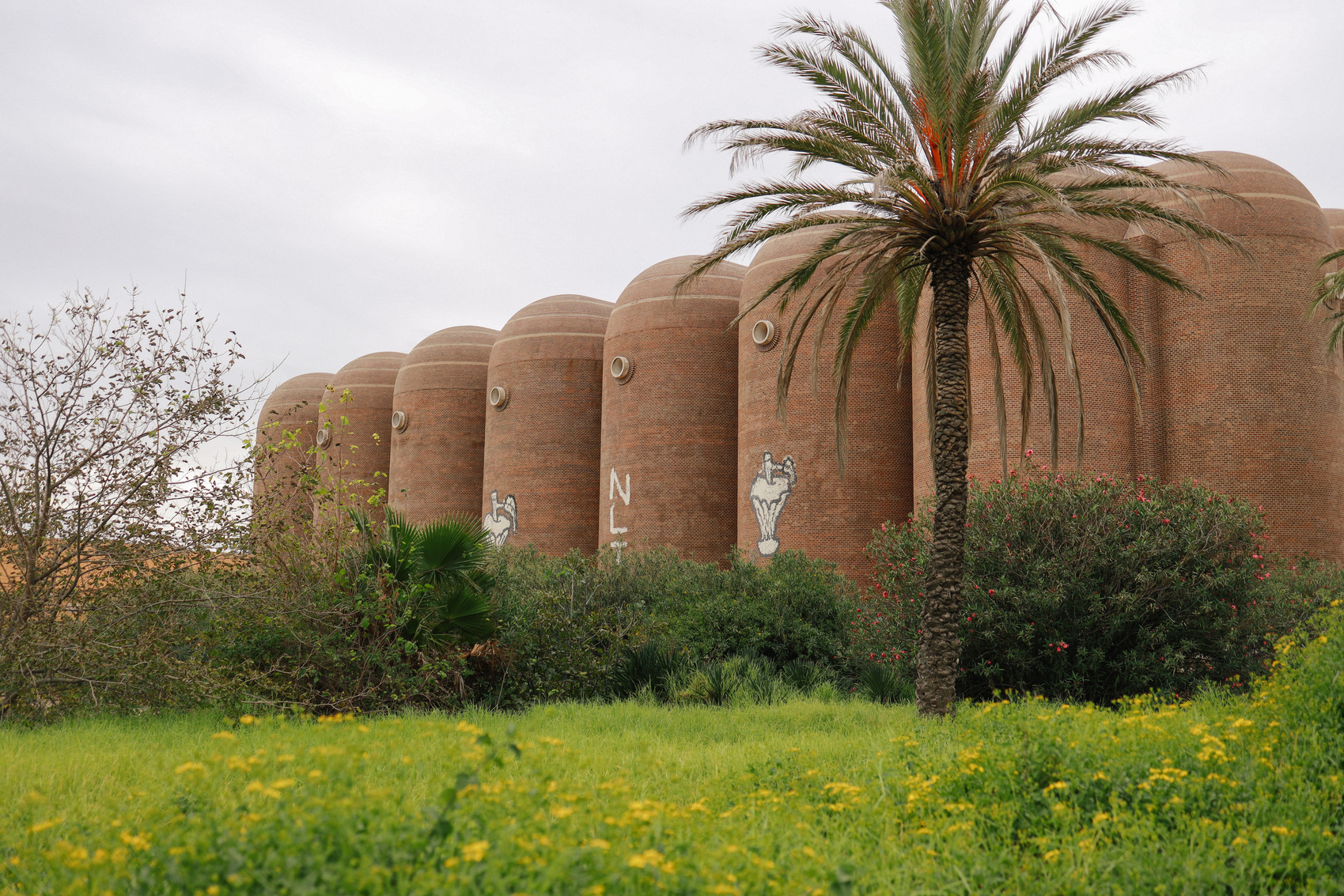
In the same sense, Lasso de la Venga indicates that “in the last edition it has been consolidated as an event in which people value very much that the guides are registered architects, well prepared and knowledgeable about architecture, as well as good communicators.
In addition to the events in Madrid and Logroño, there are other events in cities like Valencia, which this year celebrates the sixth edition of the Architecture Festival Open House Valencia (OHV) from October 25 to 27 with more than a hundred simultaneous activities and the opening to the public of more than 70 buildings.
In Cordoba, the Mediterranean Festival of the New European Bauhaus has just been held, which is more professional in nature than aimed at the general public but permeates the city as it reflects on such sensitive issues for today’s society as sustainability, beauty and community, and which brings together art, nature and technology.
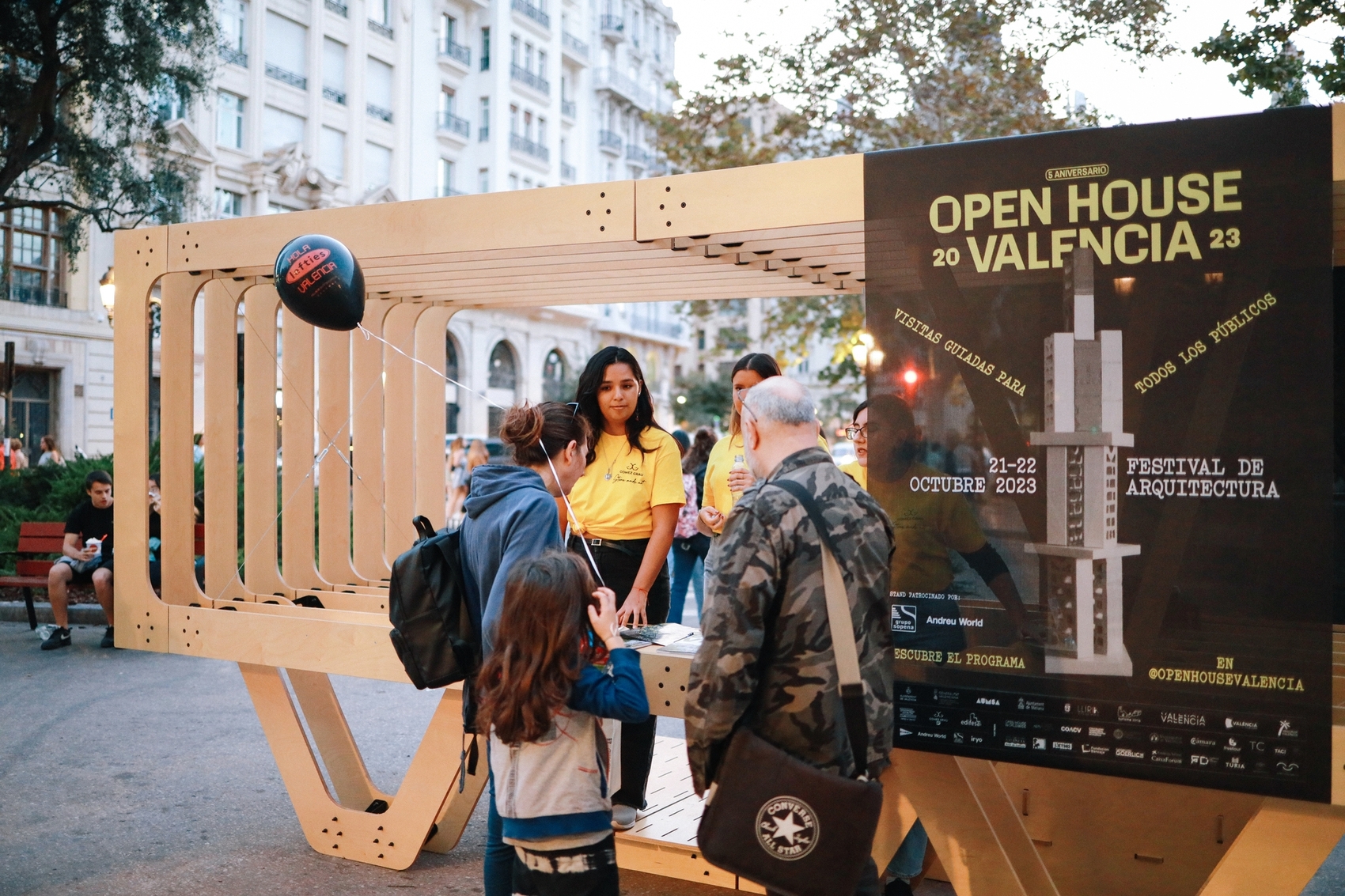
Peña Ibáñez draws attention to other proposals held in Spain along the lines of Concéntrico and comments that “there are other festivals that use public space as a point of reference, perhaps with more marked thematic axes, such as Lluèrnia – Festival del foc i de la llum, of light and fire organized in Olot”.
Regarding festivals held in Europe, Gómez Marín suggests that “Spain has always had great architects and works of architecture. We have a large number of works built in recent years that are in great demand in visits and great world architects, many Pritzker prizes that have come to build in Madrid. We have always been at a very high level of heritage, modern and contemporary architecture.”
According to Peña Ibáñez, “the Venice Biennale is a framework of a period in the profession, I link it more with a selection or exhibition that divulges built architecture, rather than with that capacity to activate specific situations. Everything adds up in the dissemination and generation of knowledge”. For Lasso de la Vega, from the COAM Architecture Foundation, “the most comparable event would be the Venice Architecture Biennale”. The phenomenon that exists in Spain towards architecture is quite “unique in our European environment. There are actions that generate movements around, for example, in relation to the Pritzker Prize, but I think that in Spain architecture festivals have a singular character,” he adds.
On the question of how festivals evolve, in the case of Concéntrico, its director comments after celebrating its tenth anniversary that “maintaining a project over time is very complex. I understand that there are proposals that can evolve coherently, but others are due to external factors such as the economy or politics, which determine their steps forward. Working with the public sector also entails these constraints”.
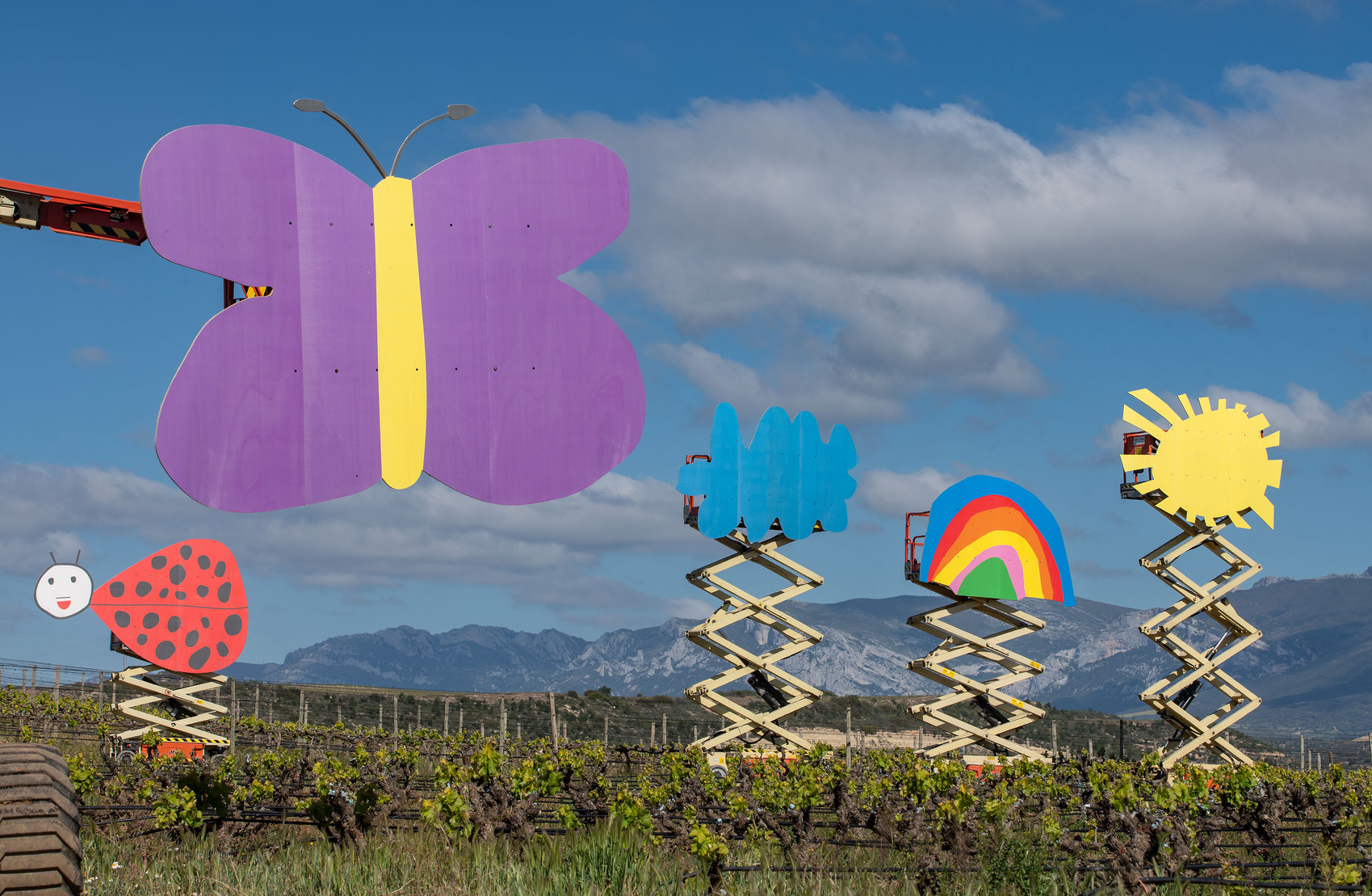
For the director of Open House Madrid, “it has been 10 years lived with great enthusiasm to receive the enthusiasm of the people in each edition, growing in buildings, volunteers and visits. These are great numbers, more than 300,000 visitors, more than 5,000 volunteers and hundreds of buildings and routes that have been very well received by the public. We have had great architects of reference such as Higueras, Fisac, De La Sota, Gutiérrez Soto, … who have awakened interest in their work in Madrid and that makes citizens know Madrid and its architecture better at different times in its history”. The Architecture Week of the COAM of Madrid “has tried to take to the streets and consolidate activities that are carried out with the great help of institutions such as the city council, libraries and universities, foundations and companies related to construction and architecture”.
For Gómez Marín, “architecture is evolving fast with new materials and design tools that speed up and make projects more precise. One of the most significant changes has been the increased use of sustainable technologies in construction with more energy and resource efficient buildings. We have also seen an increase in the use of innovative means of construction as well as the now established emergence of industrialization in construction.”
Editor: Beatriz Fabián
Beatriz is a journalist specialized in offline and online editorial content about design, architecture, interior design, art, gastronomy and lifestyle.